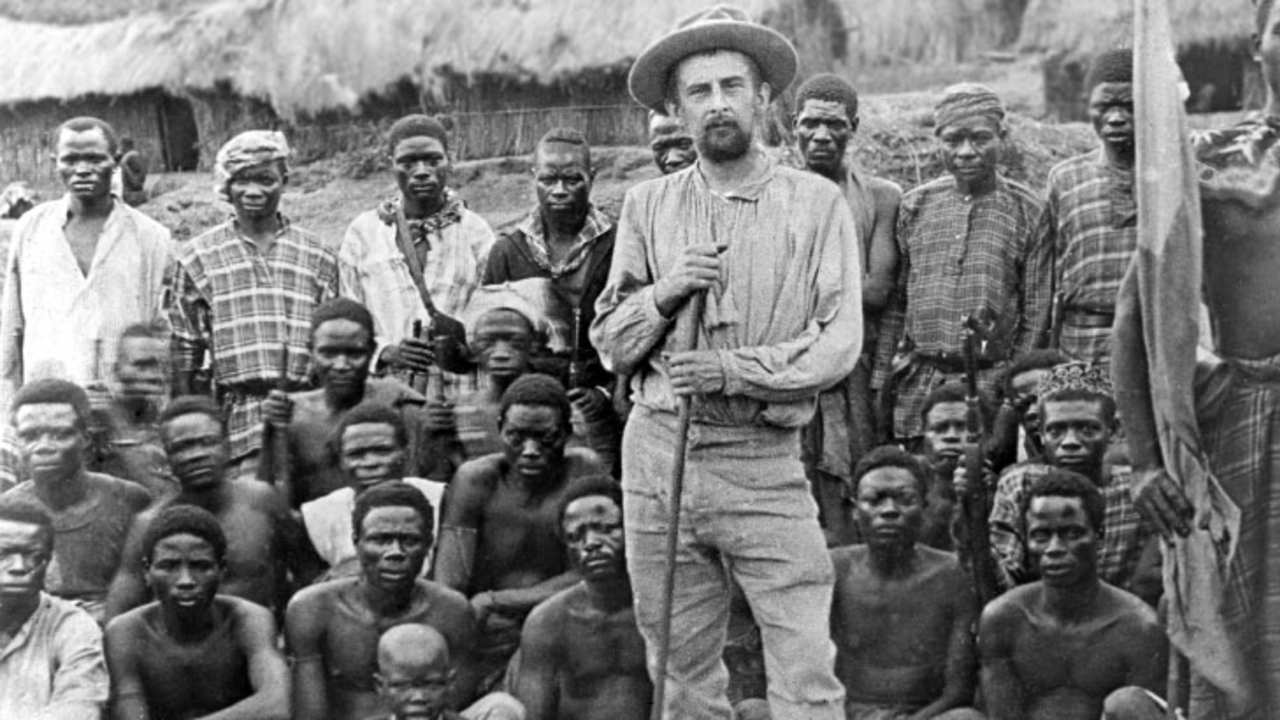Albert Christophersen and Martin Mortensen were two ordinary Danish seamen holed up in a pub on Antwerp’s docks when they met a ‘fine gentleman’ who asked them if they would like ‘to drive some ships up some rivers in Africa’ for double their usual salary.
They had no idea when they landed in the summer of 1879 in the town of Banana, at the mouth of the River Congo, that they were standing at the beginning of one of the darkest chapters in Danish history – one in which they would play an important part.
The participation of thousands of Scandinavian seamen in the bloody colonisation of Africa’s Congo region by the Belgian King Leopold involved murder, lying and plundering – any means necessary, in fact, to take the land away from the natives and into the hands of Belgium. The stories of these individuals combine to create a picture that has been conveniently buried by the country’s historians, as many see it as a stain on the conscience of a nation proud to have never colonised their way into power in the monstrous way other countries did.
Stanley’s knife
Returning to our ‘heroes’, Mortensen and Christophersen were waiting in Banana to begin their journey into the dark heart of ‘undiscovered’ Africa, an area still covered mainly by rainforest where it was easy to succumb to disease and infection. Their boss eventually arrived: Henry Morten Stanley, who was considered something of a legend back home in Britain as the great explorer who found Doctor Livingstone.
He was the only white man who knew the path of the River Congo, and while he may have had enjoyed hero status in Europe, Mortensen and Christophersen were to quickly learn to know him as a tough and extremely unscrupulous boss.
Together, they travelled up the River Congo, doing business in every village they passed: offering glass pearls and copper in return for fingerprints placed on documents the villagers could not understand, but which legally transferred their land to King Leopold.
Danes, Norwegians and Swedes made up half the Congo Army’s white officers at the time. Others worked for private Belgian trading companies, finding the ultra-high level of discipline of Leopold’s army too much, perhaps, or lured by better wages. But the stakes were often all too high; Mortensen died of typhoid, while malaria and yellow fever killed many more.
Christophersen, meanwhile, managed to survive to become the only white man still serving under Stanley when in 1881 he founded the capital Leopoldville, which is known today as Kinshasa. An old map of the city shows a street named ‘Avenue Christophersen’.
Human travesty in Congo
Over 30 long years, murder, robbery and Western diseases managed to wipe out half the population of the Congo. And yet, the books that mentioned the Congo published during the first half of the 20th century were exciting adventure stories: the so-called ‘Congo novels’ of the 1940s, such as Viggo Jungsbøll’s ‘Peer Just on his Congo Adventure.’
Today, following a very different period in its history and a few name changes and a certain boxing bout, it remains one of Africa’s least developed and most corrupt nations.
And what became of Albert Christophersen? He survived his own Heart of Darkness to return home, unloading trucks by the harbour into his old age, dying eventually in Copenhagen.











